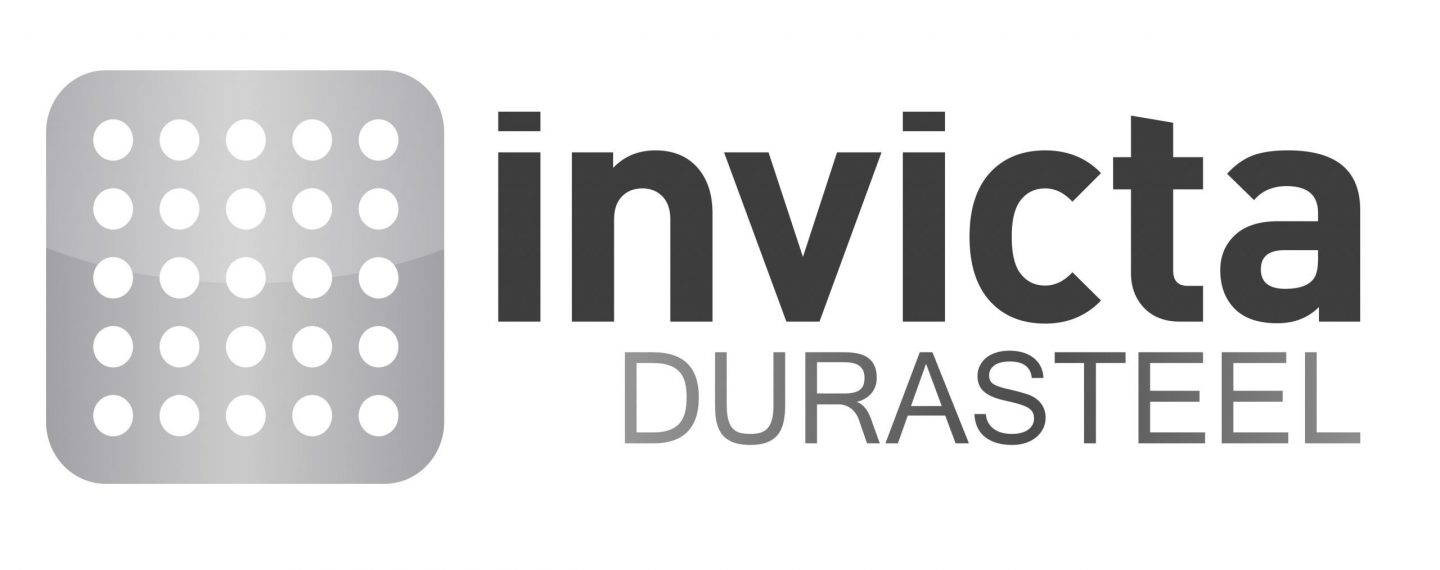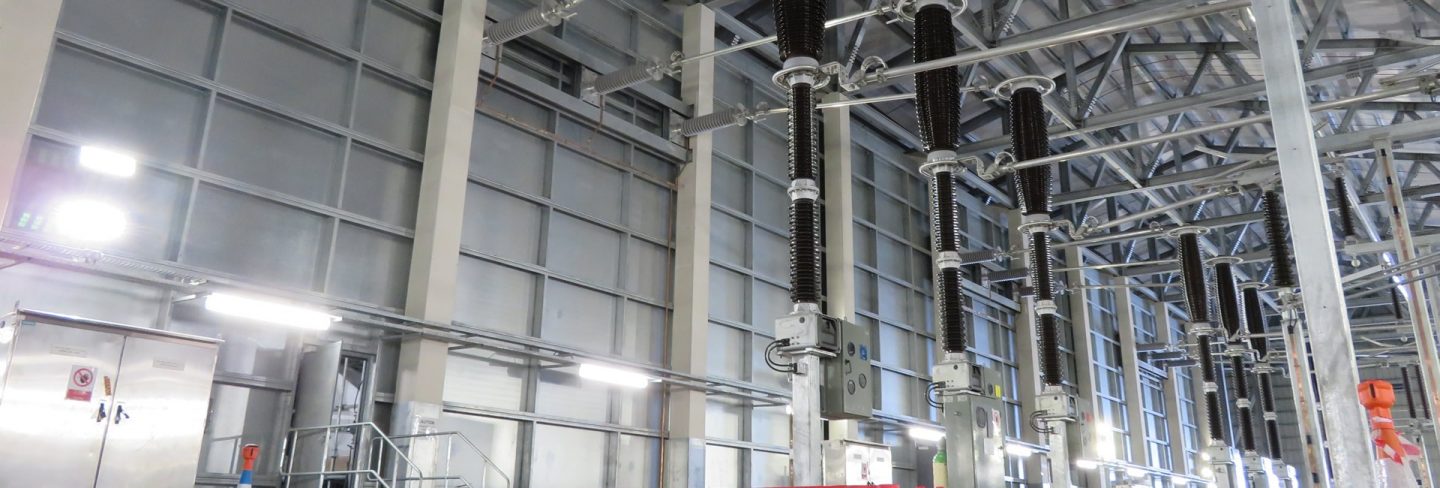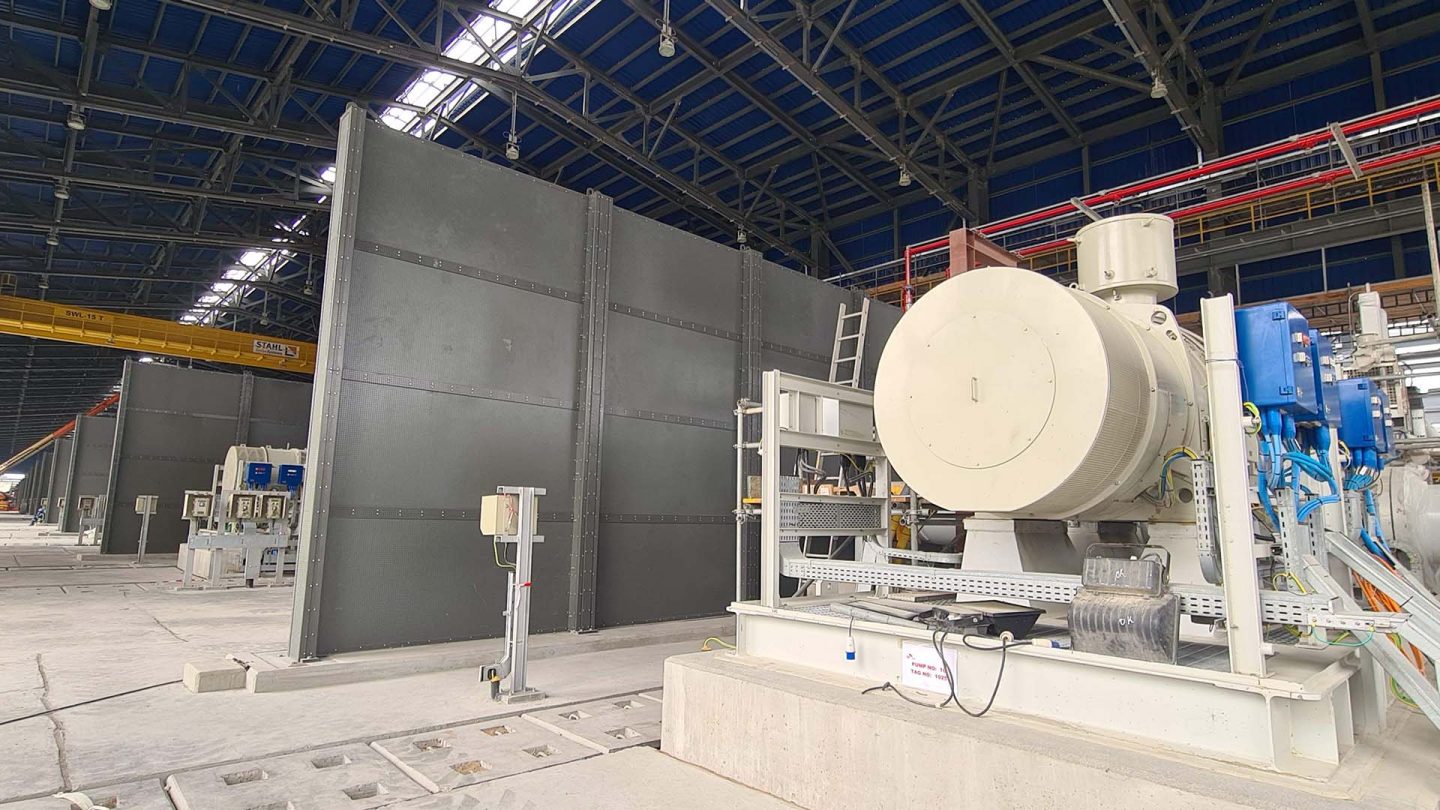For your information
You are being redirected to one of our divisional subsites which contains more detailed information on the required division. To navigate back to the main Invicta Group site, please click the link found in the footer at the bottom of the page.
- Durasteel
Discover the benefits of Durasteel
- Systems
Systems
- Expertise
Expertise
-
Applications
- Aircraft Hangar Fire Protection
- Battery Storage Facilities
- Building Fire Compartmentation
- Anti-Terrorist Blast Protection
- Cable Tunnel Fire Compartmentation
- Equipment Delivery Hatches
- Equipment Enclosures
- Heat Shields
- Power Station Fire Protection
- Metro and Rail Fire Protection
- High Voltage Cable Protection
- Substation Fire & Blast Protection
- Tunnel Fire Protection
- Oil & Gas Fire & Blast Protection
- Ventilation Systems
- Wind Farm Fire Protection
-
Applications
- Projects
- Insights
Insights
-
Articles
- The benefits of passive fire protection for businesses
- What BS 9991 changes mean for building fire safety
- Does the rise in electric vehicle fires pose a risk to buildings?
- What Boeing’s downfall says about safety culture
- Does AI pose a threat to fire safety?
- What we can learn from the Grenfell report
- Frequently Asked Questions
- A to Z of Terms
-
Articles
- Contact
Contact

UK +44 1843 220 256

US +1 305 328 9444

UAE +971 4 277 6225

Qatar +974 4441 4340

India +91 79945 14049

Malaysia +60 16 286 6225
- Start your project
India puts safety at heart of construction boom
25th January 2022
Building a safer future
Quick Quote
Contact Fraser Shearer Sarun Vysakham Ben Tan Anand Raghavan Anand Raghavan Our USA Office
To get a quotation or arrange a free site survey - Call Fraser Shearer Sarun Vysakham Ben Tan Anand Raghavan Anand Raghavan Our USA Office on
-
 UK
UK
-
 UAE
UAE
-
 Malaysia
Malaysia
-
 India
India
-
 Qatar
Qatar
-
 USA
USA
Current location:
Quick Quote
Contact Fraser Shearer Sarun Vysakham Ben Tan Anand Raghavan Anand Raghavan Our USA Office
-
 UK
UK
-
 UAE
UAE
-
 Malaysia
Malaysia
-
 India
India
-
 Qatar
Qatar
-
 USA
USA
Current location:
While the pandemic has slowed growth in many areas, India’s construction sector has been full steam ahead. Government programmes and general demand have driven waves of construction in all sorts of areas, from transport and energy infrastructure to housing and retail. In amongst this, there’s a clear desire to build structures that last, and avoid old issues of quality.
Where building standards and construction safety have not always been particularly consistent in India, the tide does seem to be changing. A conscious effort to avoid safety incidents and pollution from construction projects is raising standards across the country – and creating new markets for safety systems, devices and professionals.
A chequered history
It’s not unfair to suggest that the Indian construction sector has had a patchy safety record. A number of high-profile building collapses have occurred in the past two decades, with the most recent highlighting the patchwork nature of many rural building projects. Statistics cited by the British Safety Council in 2018 suggest that 80% of Indian construction workers had no legal safety protection, and that reported deaths in the industry were 20 times higher than in the UK at around 48,000 per year.
As well as site safety, there is the ongoing and well-publicised issue of air and environmental pollution in India. Air quality warnings are commonplace across the country, particularly in cities, where the issue is having a severe effect on life expectancy and quality of life. While construction is far from the main factor in this, poor construction processes and the use of materials such as asbestos can exacerbate pollution, and a lack of adequate fire safety can cause fires that lead to further pollution.
The sense is of a country still grappling with rapid industrialisation, and struggling to balance the need to grow quickly and cheaply with safe working practices. Yet while this is true to some extent, there are definite signs of progress. While laws and regulations are slow to change – and in a country as large as India, slow to enforce – a combination of individual initiative and government-backed construction projects are seeking to change the tide.
Construction and COVID
Understandably, the coronavirus pandemic put construction on-hold worldwide, through a combination of worker illnesses, a lack of demand and a lack of funding. As the pandemic has begun to peter out, however – and particularly as India’s vaccination programme has accelerated – construction has kicked back into gear. Many industries are now under greater demand than ever, and the construction industry is busy as a result.
Part of this boom has come from government initiatives. The Indian Parliament has recently passed a bill to set up the National Bank for Financing Infrastructure and Development, while the 2021 budget included a $1.89 billion fund to the Atal Mission for Rejuvenation and Urban Transformation, as well as towards the creation of smart cities. The flagships of this investment are the multitude of metro projects in development, including 26 that are either currently being built or have been approved for construction.
As well as accelerating the creation of infrastructure, however, the government also seems conscious of doing it the right way. The wave of funding has come alongside an equally big wave of safety fines and investigations, with fines for 268 construction sites between January and October of 2021. Another 963 construction & demolition sites have also been fined for non-compliance with the country’s Waste Management Rules, including failures to comply with dust mitigation measures.
Building a safer future
As evidenced by the litany of fines, there is a growing safety framework in law that simply needs to be applied. Where there may be gaps in the law, however – as reports in 2016 suggested – it’s still possible to fill the gap. Safety laws compel people to action, but being forced to apply the bare minimum standards has never been an effective way to ensure people’s safety. Instead, investors and other stakeholders have the freedom to go above and beyond, and apply safety standards both on site and in the construction of new projects.
Part of this gap is being filled by technology. India is a growing tech hub, and has particularly benefited from mobile technology, which can be easily implemented on worksites. Phone software is helping to enhance safety through real-time quality checking and risk assessments, while Building Information Modelling (BIM) and other planning software is helping to execute projects accurately and safely. Software is also improving lines of communication between different stakeholders, giving clients more insight into how their projects are being fulfilled.
Away from technology, there’s also been a substantial rethink of traditional building materials. The widespread use of concrete as a form of fire and blast protection is gradually being challenged, not least thanks to our own efforts at Invicta. Often considered to be the cheapest and easiest solution, concrete actually takes far longer and requires more labour than an equivalent Durasteel system. Concrete is also (perhaps obviously) immovable, meaning that any change in needs or access requirements means that the concrete system has to be destroyed, unlike a Durasteel system.
Using Durasteel doesn’t just convey the typical advantages of a low profile, modular and relocatable system, but also one which is long-lasting and has a minimal environmental impact. The use of concrete can create substantial pollution, not least to the air, where concrete dust is a significant contributor to breathing problems and industrial disease. The destruction of concrete also creates waste, where Durasteel can be easily relocated and reused during its 40-year design life.
—
Nowhere is perfect when it comes to building or site safety, and sharp criticism isn’t likely to encourage anyone. But the example being set through major construction projects such as the Kolkata Metro is setting new standards for safety in India. International standards and co-operation are being combined with local talent and expertise to create incredible projects on an almost inestimable scale – all while keeping workers and future patrons safe.
Invicta is proud to have a growing portfolio of major fire and blast protection projects in India, including several major metro systems. To learn more about our work, discuss your requirements and arrange a free consultation, get in touch with us today.
Accreditations & Affiliations











SpecUp - System Specification Wizard
Answer the 5 short questions below to receive your recommended Durasteel system specifications. Hover over the ? icons for a brief explanation.
Question 1/5
Type of system required?
Question 2/5
Fire rating required?
Question 3/5
Fire integrity-only or integrity and insulation?
Question 4/5
Fire attack risk from one side or both sides of the system?
Question 5/5
Blast rating required in addition to fire rating?
Creating your results page
Thanks for completing the SpecUp, you’ll be redirected to your results shortly.
Click here if you aren't redirected after a few secondsStart your project
Tell us about your project. Please complete this form. One of our sales team will come back to you with more details. If you prefer, you can drop us an email.




Share/Like this page